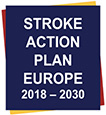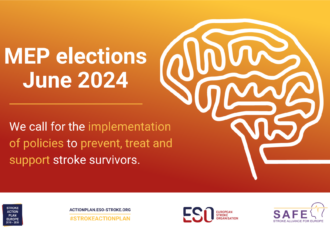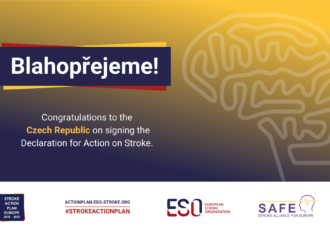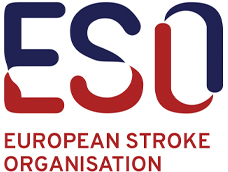This website uses cookies so that we can provide you with the best user experience possible. Cookie information is stored in your browser and performs functions such as recognising you when you return to our website and helping our team to understand which sections of the website you find most interesting and useful.
Overarching Targets For 2030
Four over-arching targets for 2030 have been identified:

Domains
Focusing on seven domains, the SAP-E incorporates the latest scientific research on stroke treatment and prevention as well as the patients’ needs as stroke survivors. Therefore, the entire chain of stroke care was incorporated from primary prevention to life after stroke.
For each of the seven domains, four comprehensive targets, to be reached until 2030, were set.
In addition to the seven domains, improvement projects and implementation initiatives should also focus on research activities and therefore, prioritised research areas for translational stroke research have been identified.
Latest News & Updates
Bulgaria’s path to signing the Declaration
Dorina Dobreva, National Coordinator for Bulgaria, discusses how she and her colleagues convinced the Ministry of Health to…













